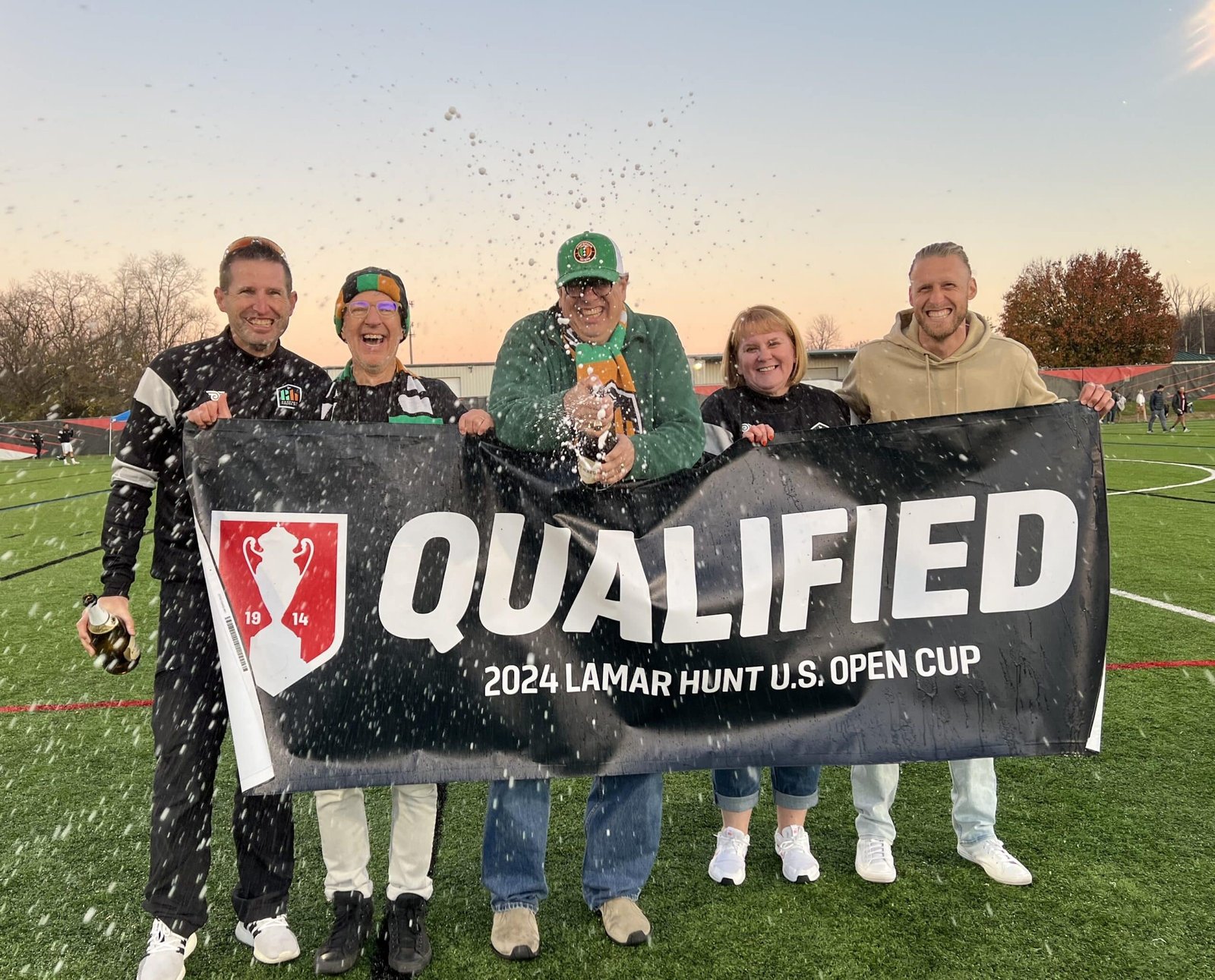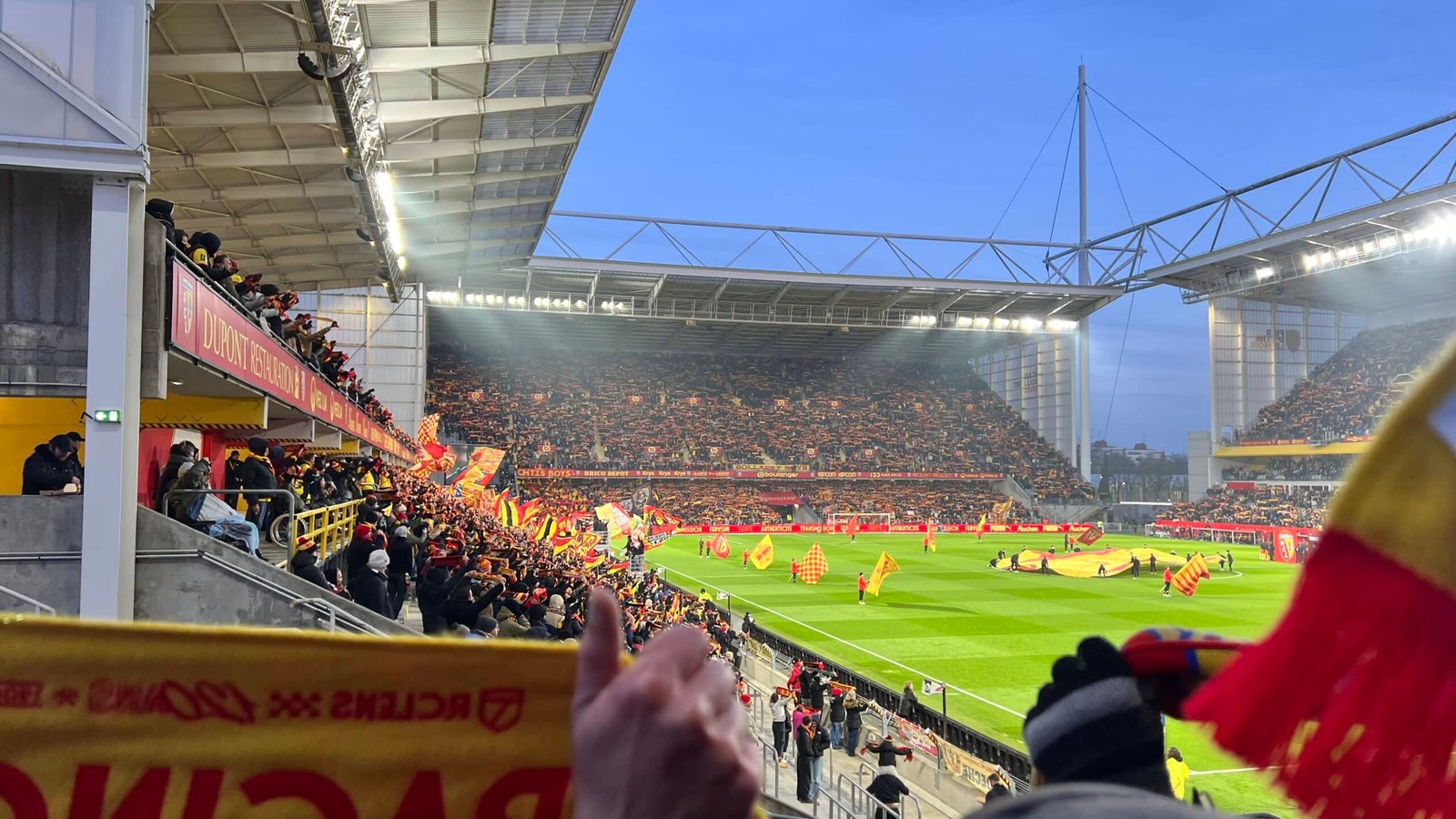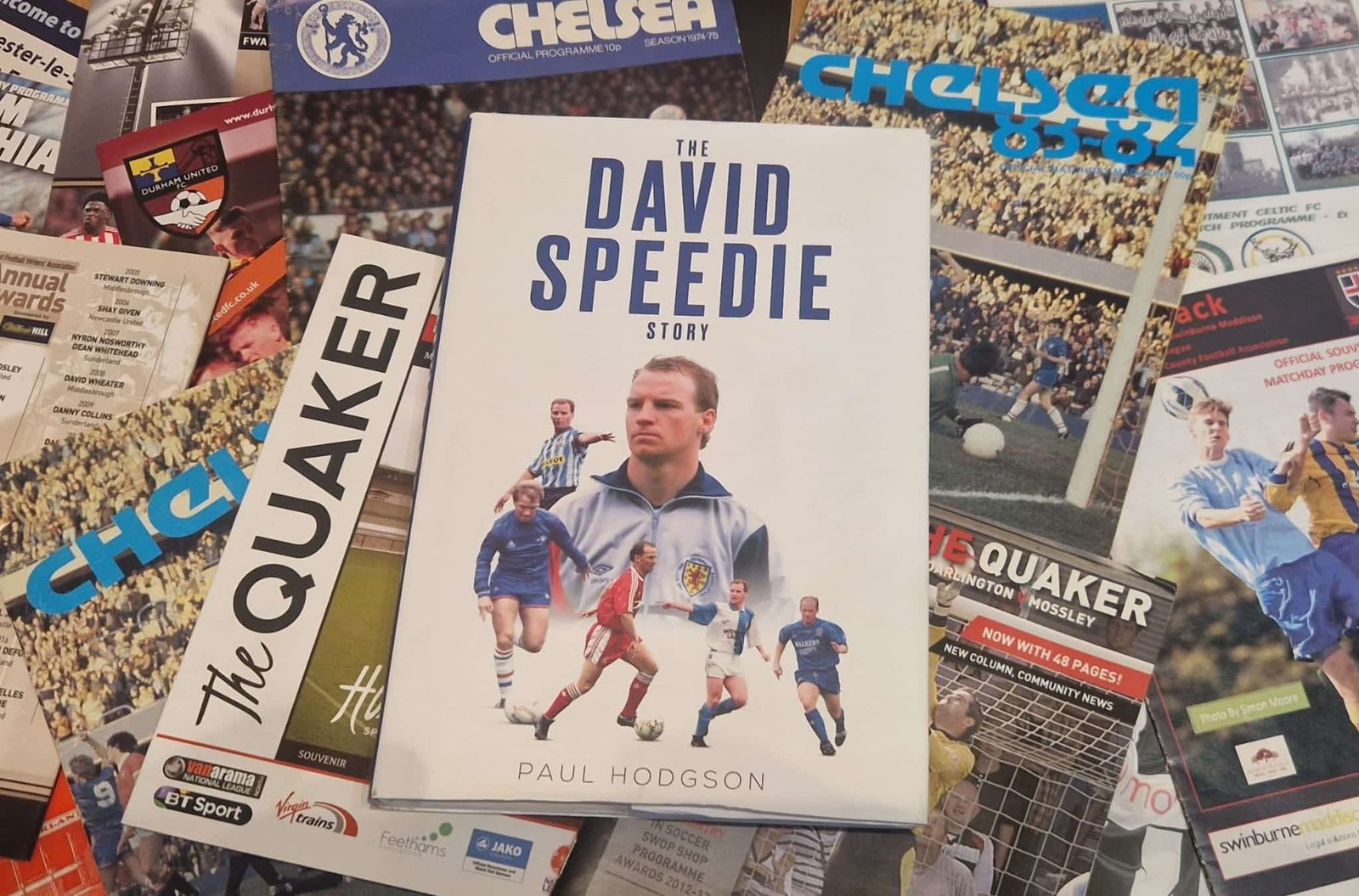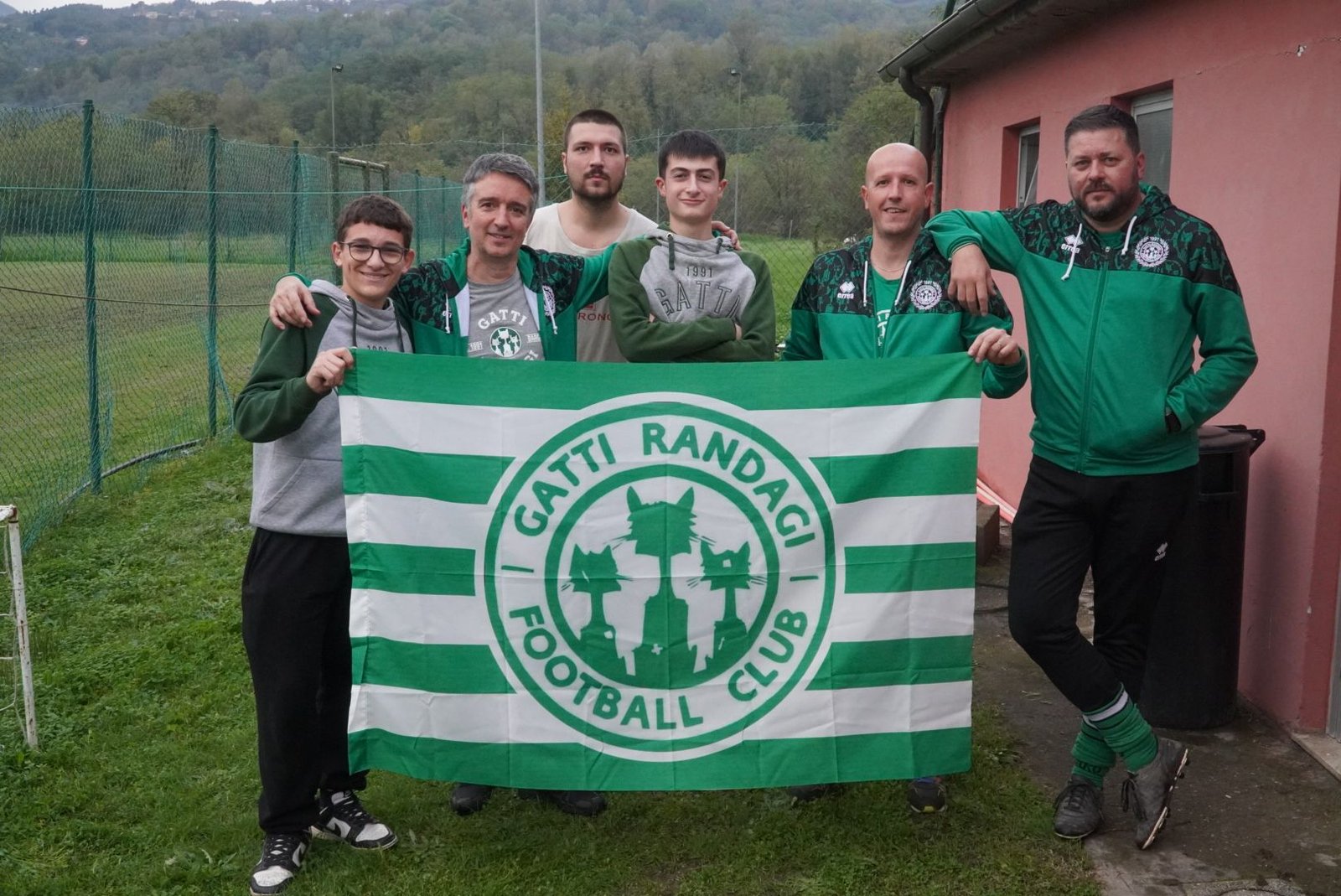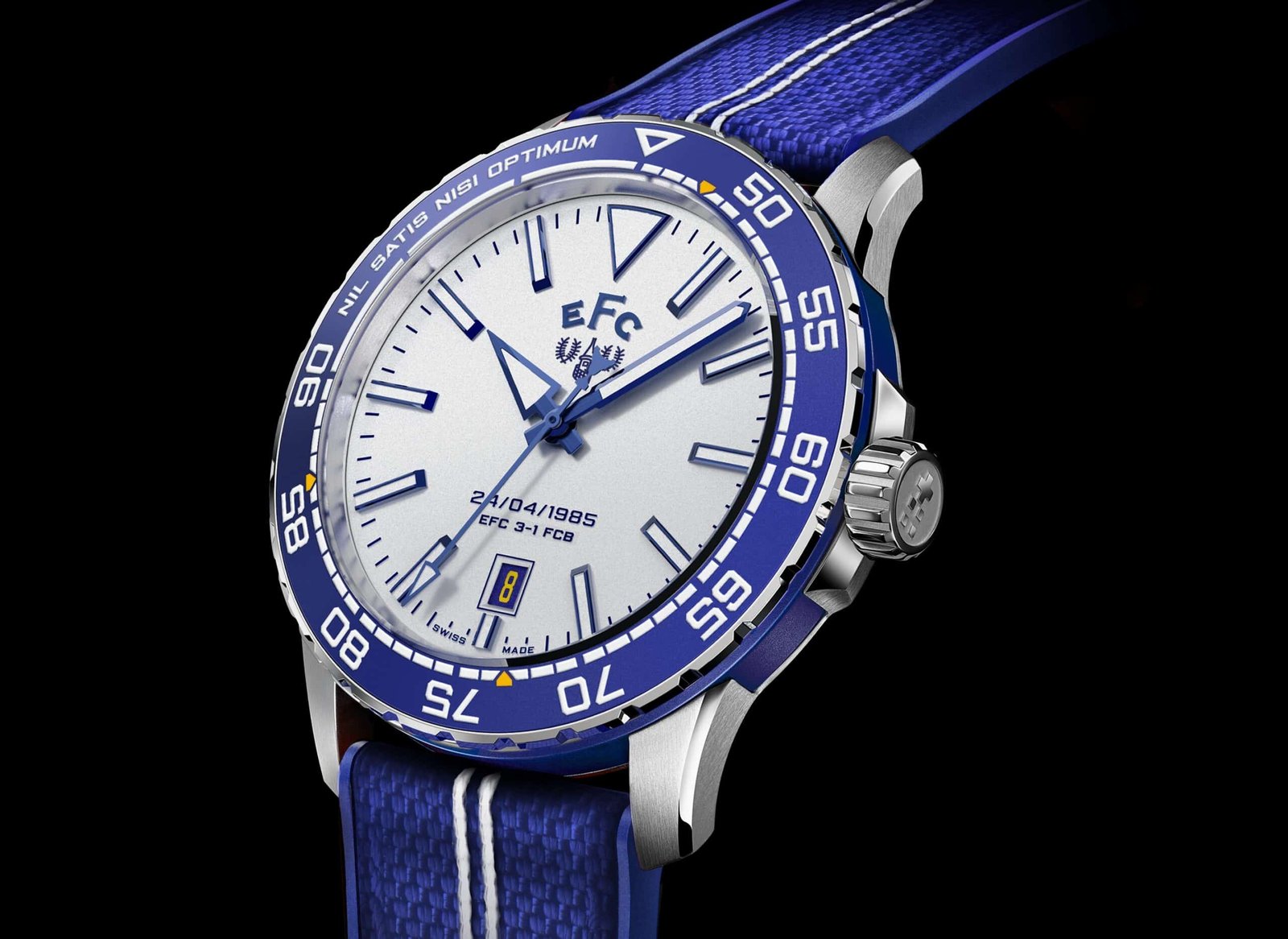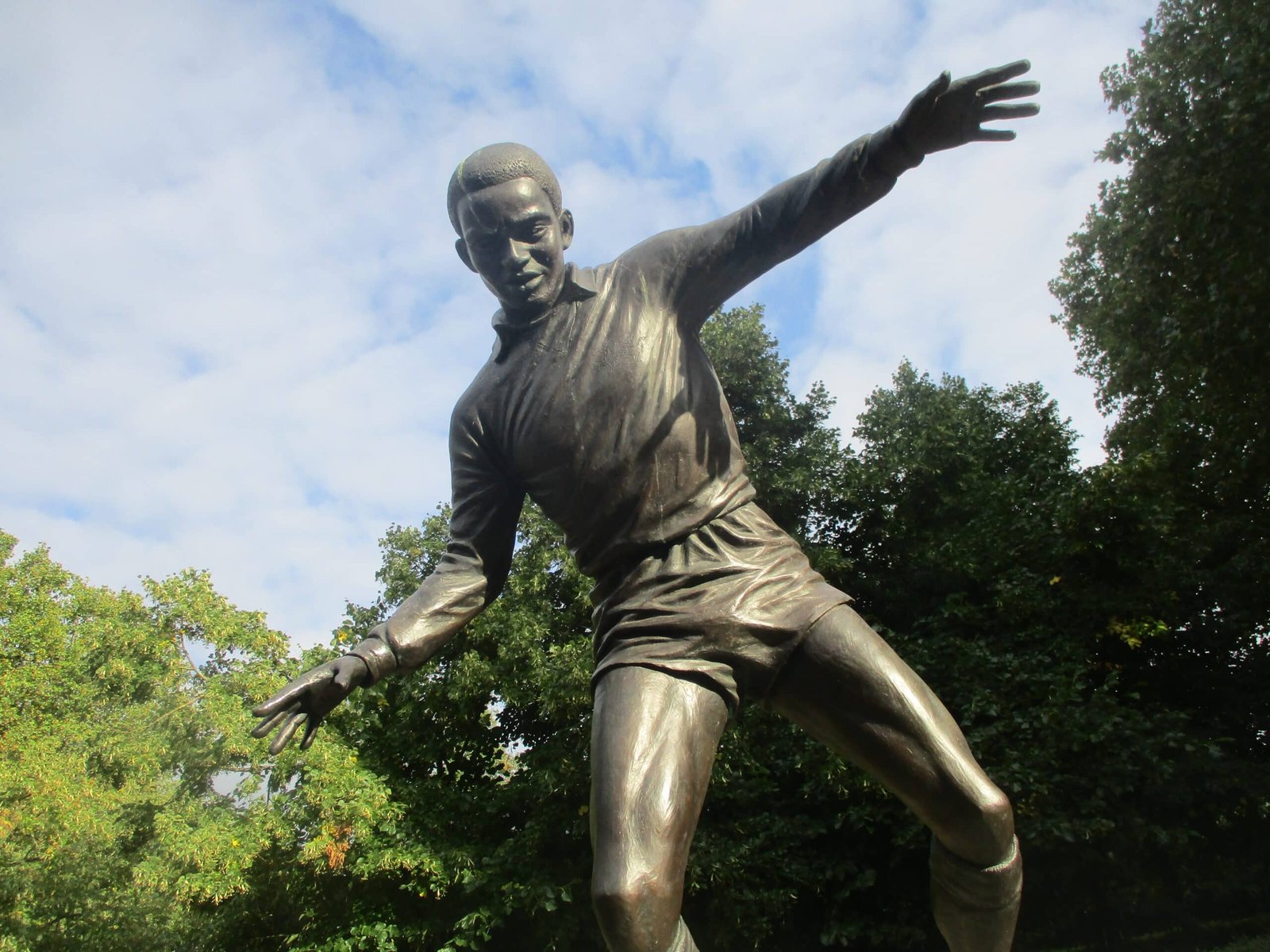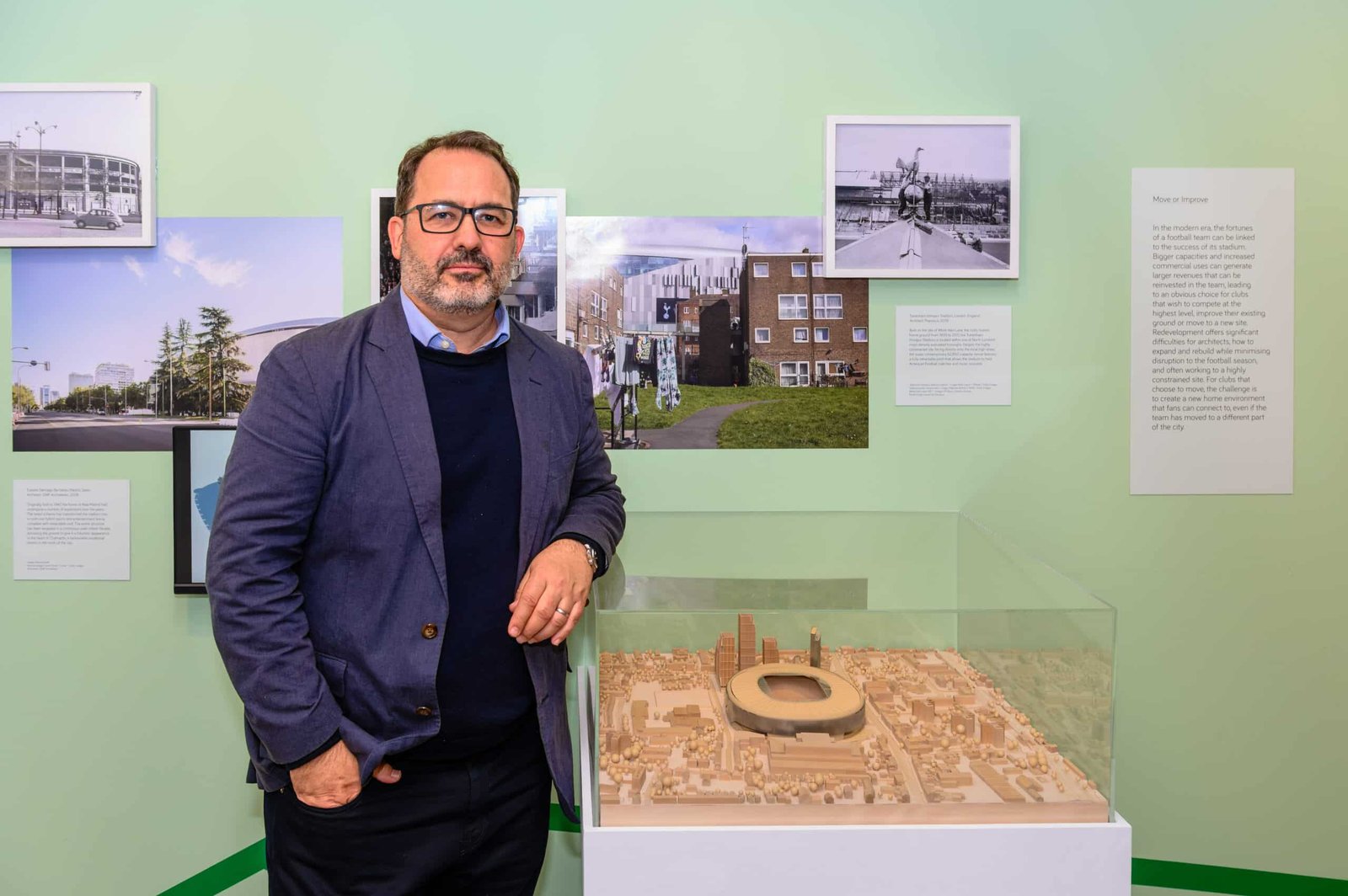As Chicago House and BOHFS meet in St. Louis, Chuck Carlson revisits old battles
This weekend, Chicago House AC takes on BOFHS from St. Louis in a final Qualifying Round match to decide who represents the Midwest Premier League in the Lamar Hunt U.S. Open Cup proper.
The venerable knock-out competition involves 96 teams from across the States, 64 from the three professional divisions and 32 amateur ones, aiming to win through to the First Round next spring.
The 32 hopefuls, from Miami to Harbor City, now face each other in the Fourth Qualifying Round, ‘One Win Away From Cinderella Status’ as the headline says on the U.S. Soccer website.
But Sunday’s clash at St. Mary’s High School in St. Louis has far more riding on it than carriages and ball gowns. Chicago and St. Louis have been fiercely competing to be Best in the Midwest since the sport of soccer began in earnest in the United States some 140 years ago.

Detailing the rivalry would take an entire book. Here then, from the time of the unveiling of the Statue of Liberty to the arrival of Barack Obama, is a run-down of milestone matches:
November 25, 1886 – Chicago Association Football-Club 5 St. Louis Thistles 1 at Douglass Baseball Park, Chicago
Amid the social upheavals of 1886, Thanksgiving Day offered respite to focus on sport. The Thistles, considered the top team in St. Louis, met the as yet undefeated Chicago Football-Club. The importance of the match in the context of a growing rivalry was highlighted beforehand by the Chicago Tribune: “It is expected the accounts of the baseball match for the championship will be squared.” The men from Chicago did not disappoint, continuing their winning streak with a 5-1 victory.
January 2, 1905 – Chicago All-Stars 4 St. Louis All-Stars 5 (aet) at Sportsman’s Park, St. Louis
As 1904 turned to 1905, “socker”, as it was already being called in the newspapers, had “taken a hold on the American people” (Chicago Tribune, 1 January, 1905). A number of Chicago teams traveled south to take on St. Louis competition. Unfortunately for Chicago teams, the hosts were well prepared and won all the matches in this New Year’s series.
The culmination of this group of games was a match between Chicago All-Stars and St. Louis All-Stars, decided in extra-time. Ben Govier, a member of the U.S. Soccer Hall of Fame, and a player for both St. Louis and Chicago teams, could have put the game away for Chicago in regular time, but caught his foot in the turf as he lined up a “sure goal”. His brother Sheldon, later a ward alderman in Chicago, was an excellent half-back, but a disaster in goal, as he committed three howlers before being replaced.

January 1, 1918 – Joliet Steel FC 4 Innisfails 3 at Cardinal Field, St. Louis
Not all matches were specifically Chicago XIs in this Illinois/Missouri rivalry. Teams from nearby Joliet often competed in Chicago leagues a century or so ago as the Joliet Steel Company invested heavily in soccer. In 1917, Joliet Steel reached the Open Cup semi-finals and in 1918, they were even considered a contender for the national title.
Over the New Year holiday, Joliet arrived in St. Louis for a pair of matches against top local clubs and with a line-up including a combination of American and immigrant players, the Steelman held off Innisfails 4-3 at the home of baseball’s St. Louis Cardinals. Local man Dick Vidano hit a goal for the visitors and fellow coalfield player Ed “Circus” Smith bagged a brace.
March 18, 1928 – Chicago Bricklayers 2 Ben Millers 0 at Sportsman’s Park, St. Louis
The Bricklayers had been building an international reputation since their founding in 1912 under the auspices of the Chicago Bricklayers’ Union. Their soccer specific home ground of Bricklayer Field had hosted local and national matches, and the Mortar Slingers had defeated a Uruguayan XI in 1927, featuring had a number of future world champions, including José Leandro Andrade, in their line-up.
The Hatters, as the Ben Millers were known, had won the national title in 1920 and were finalists in 1926, so they were confident of a home victory. The Trowel Wielders, with the active support of Bricklayer Union 21, however were not to be denied, as Joe Phillips, and 1934 World Cup player, “Wee Willie” McClean, tallied to send the Hatters packing.
After the Bricklayers became the Wonderbolts, the inter-state rivalry then unfolded over five games seven years later.
March 24 & 31, April 6, 14 & 21, 1935 – Wieboldt Wonderbolts (1 win) v Central Breweries (2 wins) at various venues in Chicago and St. Louis
One of the wildest Open Cup semi-finals in U.S. soccer history took place over the course of almost a month in spring 1935. At the height of the Great Depression, Central Breweries had been recruiting the best U.S.-born players, including 1930 World Cup stars Billy Gonsalves and Bert Patenaude. Despite the expense, their Chicago opponents even agreed to a best-of-three series over five games.

The showdown in St. Louis on April 21, a 1-0 win for the hosts, became known as the “slingshot match,” after fans at St. Louis’ Walsh Stadium apparently fired ball bearings at Wonderbolts players. One newspaper claimed that: “Chicago soccer was through with St. Louis.”
April 13, 1947 – Chicago Maroons 4 St. Louis Raiders 0 at Public Schools Stadium, St. Louis
Professional soccer officially returned to St. Louis after almost a decade’s absence in April 1947, when the Chicago Maroons of the National American Professional Soccer League (NAPSL) met the St. Louis Raiders. Founded by Fred Weitzman, the Maroons were the premier franchise in the NAPSL challenge to the American Soccer League (ASL). In their line-up were later Celtic player Gil Heron, father of the famed musician, as well as Adam Wolanin, whose one cap would come in the U.S.A’s first game at the 1950 World Cup. It was fellow Polish immigrant, Tadeusz “Ted” Ciepliński, a war-time RAF pilot, who hit two as the visitors ruined the occasion for St. Louis’.
April 12, 1953 – Chicago Falcons 2 Kutis 1 at North Side Park, St. Louis
Perfectly illustrating this inter-city complex rivalry, the 1953 U.S. Open Cup semi-final series between Kutis and Chicago Falcons became mired in legalities. After beating Falcons 3-0 in St. Louis on March 22, on April 5 in the Chicago leg, Kutis expected to progress to the final. However, as two Kutis players had not been properly registered, the original result was wiped out. The game in Chicago ending 0-0, a third match was needed. 1947 hero Wolanin duly set up two goals for fellow Pole Kas Iwinicki for Chicago, and Falcons went on to defeat Harmarville Hurricanes in the final, bringing a fourth Open Cup to Chicago.
April 22, 1956 – Chicago Eagles 1 Kutis 3 at Winnemac Park, Chicago
Dating to 1923, the U.S. Amateur Cup has thrown up games of equal quality and intensity. In 1956, the St. Louis area had a star player in Ruben Mendoza, whose prodigious bicycle kick allowed him to represent U.S. teams at three Olympics and win four caps. He also helped Kutis thrash Chicago’s Eagles over the course of two games, 3-1 in Chicago and 9-1 at home. According to Dave Lange, author of Soccer Made in St. Louis, when fans with Missouri plates tried to return to St. Louis, they found sugar had been put in their gas tanks.

April 3, 1977 – Chicago Sting v St. Louis Stars at Rockhurst High School, Kansas City, Missouri
In 1977, the North American Soccer League (NASL) was at its peak, the Soccer Bowl final drawing over 77,000 for Pelé’s farewell. Pre-season, NASL had been confident enough to promote the sport by staging friendlies at neutral venues – such as the Sting of Chicago v Stars of St. Louis in Kansas City. Interestingly, in the line-up for St. Louis, another example of the two teams sharing players, was Willie Roy, who later led Chicago to two NASL Championships. By then, of course, the game was up – Stars left for the West Coast to become the California Surf in 1978, folding three years later.
April 4, 2009 – Chicago Red Stars 1 St. Louis Athletica 0 at Ralph Korte Stadium, Edwardsville, Illinois
This was the first ever official Chicago Red Stars match in the now defunct Women’s Professional Soccer (WPS) league. Twice Olympic gold medalist Lindsay Tarpley scored for Red Stars, witnessed by later Chicago House CEO Peter Wilt and Media Director Nicole Hack. Given this Sunday’s House v BOFHS clash in the men’s U.S, Open Cup, whose history stretches back 112 years, this game illustrates the startling lack of a women’s national competition – despite a century of competitive soccer, and four World Cups and five Olympic golds at national level.

